The frigid expanses of the Antarctic and sub-Antarctic regions are among the most inhospitable environments on Earth. Yet, against all odds, penguins have not only survived but thrived in these extreme conditions. Their ability to adapt to the brutal cold, relentless winds, and icy waters is nothing short of remarkable. Scientists have long been fascinated by the survival strategies of these flightless birds, and recent research has shed new light on the secrets behind their resilience.
At the heart of the penguin's survival is its highly specialized physiology. Unlike most birds, penguins have a thick layer of blubber that insulates them from the freezing temperatures. Their dense, waterproof feathers trap a layer of air next to their skin, providing additional insulation while allowing them to glide effortlessly through the water. This unique combination of features enables them to maintain a stable body temperature even when the surrounding environment drops well below zero.
But it's not just their physical adaptations that make penguins masters of the polar regions. Their social behavior plays a crucial role in their survival. Emperor penguins, for instance, are known for their remarkable huddling behavior. During the coldest months, thousands of penguins gather in tightly packed groups, rotating positions to ensure that each individual gets a turn in the warmer center. This collective strategy allows them to conserve energy and withstand temperatures that would be fatal to most other creatures.
Another key aspect of penguin survival is their exceptional hunting skills. In the nutrient-rich waters of the Southern Ocean, penguins have evolved to become agile and efficient predators. Their streamlined bodies and powerful flippers enable them to dive to incredible depths in search of fish, squid, and krill. Some species, like the Emperor penguin, can hold their breath for up to 20 minutes and dive deeper than 500 meters. Their ability to locate prey in the vast, dark waters is aided by specialized vision adapted to the low-light conditions beneath the ice.
The challenges of raising offspring in such a harsh environment have led to equally fascinating adaptations. Penguin parents take turns incubating their eggs and feeding their chicks, often traveling long distances to find food. The male Emperor penguin, for example, balances the egg on his feet and covers it with a warm fold of skin known as the brood pouch, enduring months without food while the female ventures out to sea. This extraordinary parental cooperation ensures the survival of the next generation despite the extreme conditions.
Climate change, however, poses new threats to these polar specialists. As temperatures rise and sea ice diminishes, penguin populations face unprecedented challenges. Changes in ice patterns affect their breeding grounds and alter the distribution of their prey. Scientists are closely monitoring how different species are adapting—or struggling—to these rapid environmental shifts. Some colonies have shown declines, while others have demonstrated a surprising capacity to adjust their behaviors and migration patterns.
The study of penguin survival strategies offers more than just insights into animal behavior; it provides valuable lessons about resilience in the face of adversity. From their physiological adaptations to their complex social structures, penguins exemplify nature's ingenuity. As research continues, each new discovery about these charismatic birds deepens our understanding of life in Earth's most extreme environments and underscores the importance of protecting these fragile ecosystems for future generations.
Beyond their scientific significance, penguins have captured human imagination like few other animals. Their comical waddles on land contrast sharply with their graceful movements underwater, embodying the duality of life at the polar extremes. Perhaps it is this combination of toughness and charm that makes them such effective ambassadors for conservation efforts in the rapidly changing polar regions.

By /Aug 4, 2025
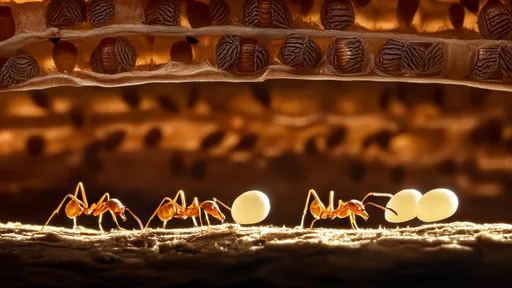
By /Aug 4, 2025

By /Aug 4, 2025
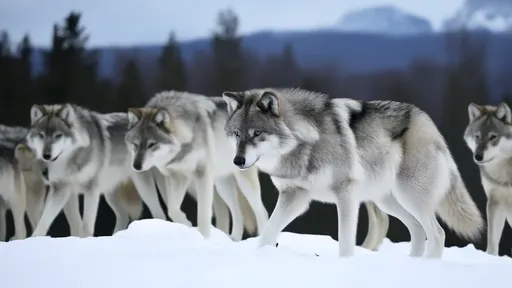
By /Aug 4, 2025

By /Aug 4, 2025
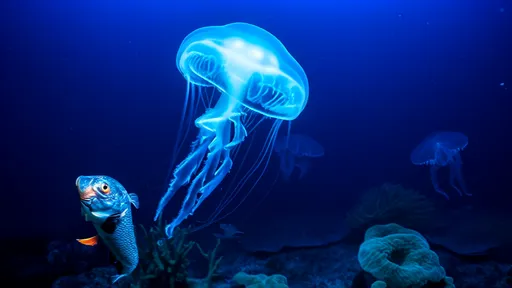
By /Aug 4, 2025
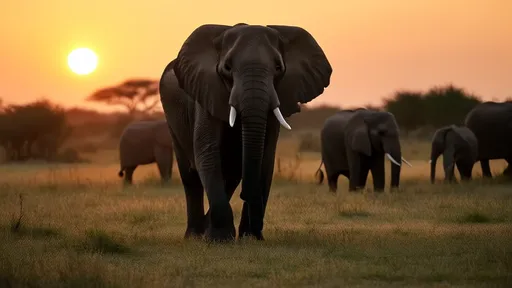
By /Aug 4, 2025
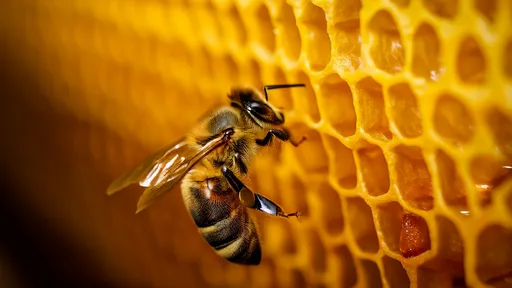
By /Aug 4, 2025

By /Aug 4, 2025
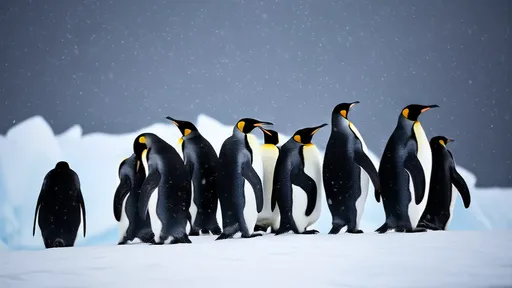
By /Aug 4, 2025
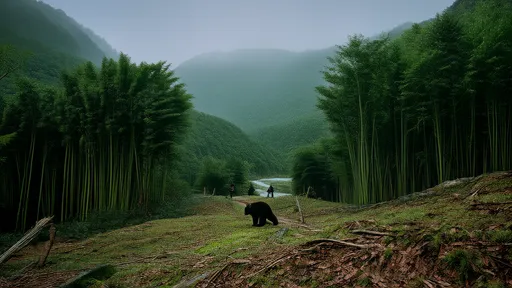
By /Aug 1, 2025

By /Aug 1, 2025

By /Aug 1, 2025
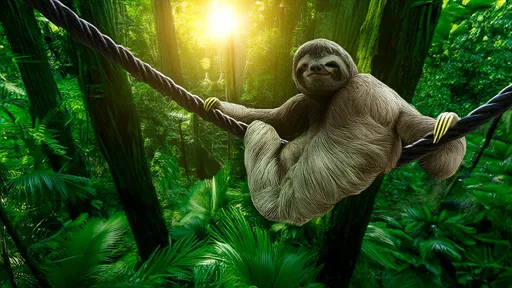
By /Aug 1, 2025
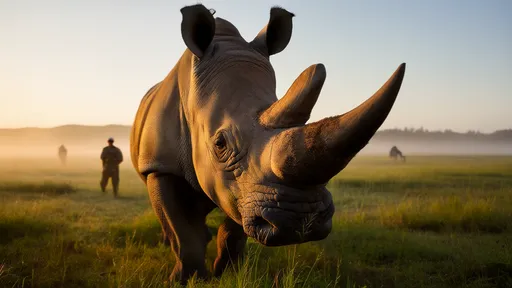
By /Aug 1, 2025
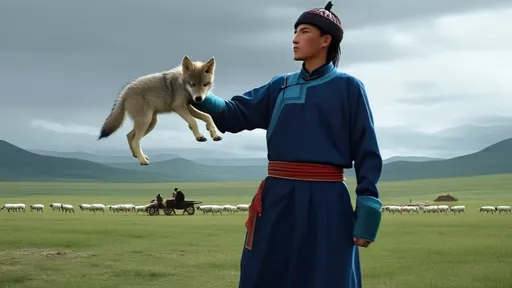
By /Aug 1, 2025

By /Aug 1, 2025
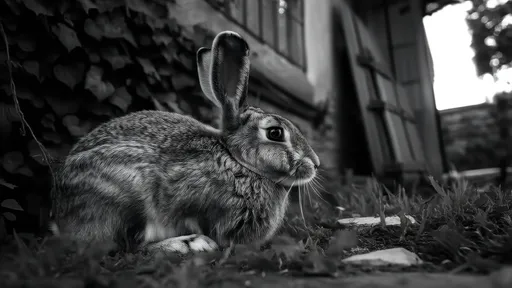
By /Aug 1, 2025

By /Aug 1, 2025

By /Aug 1, 2025